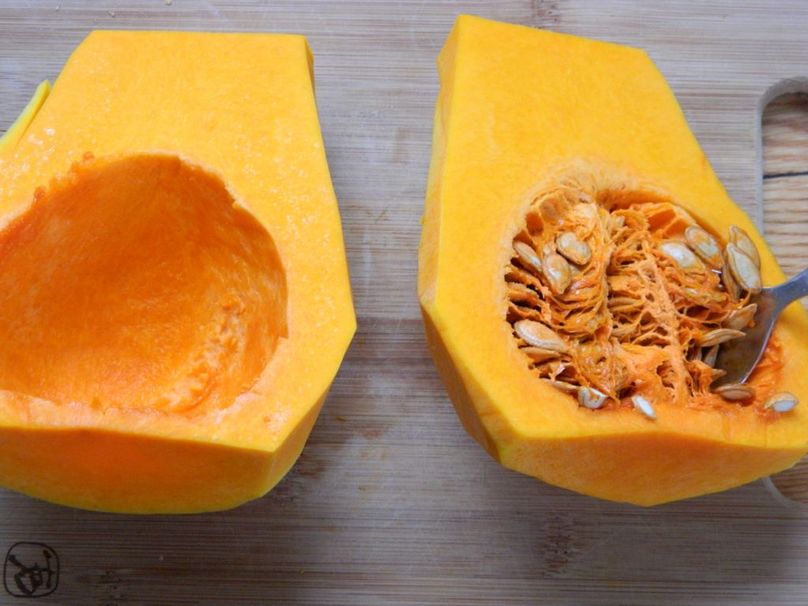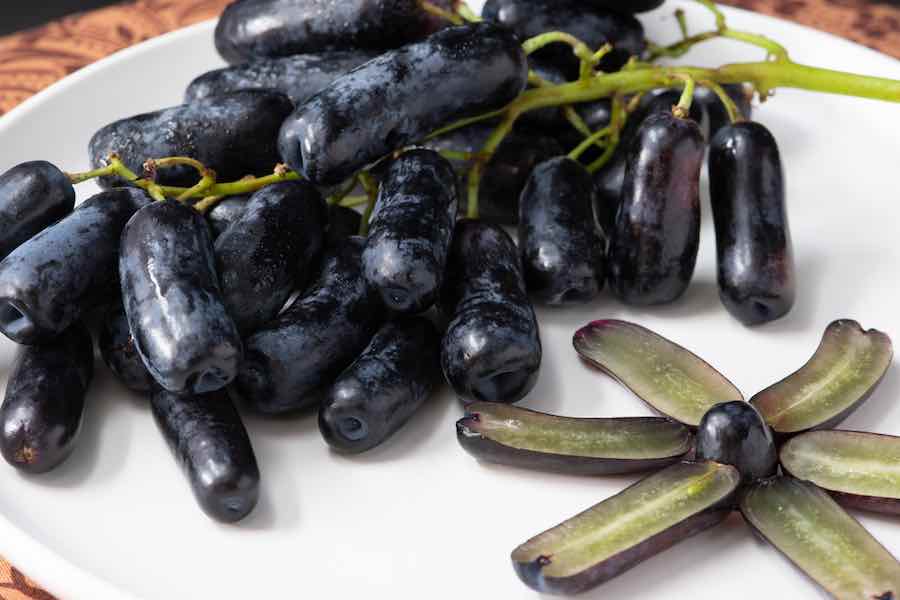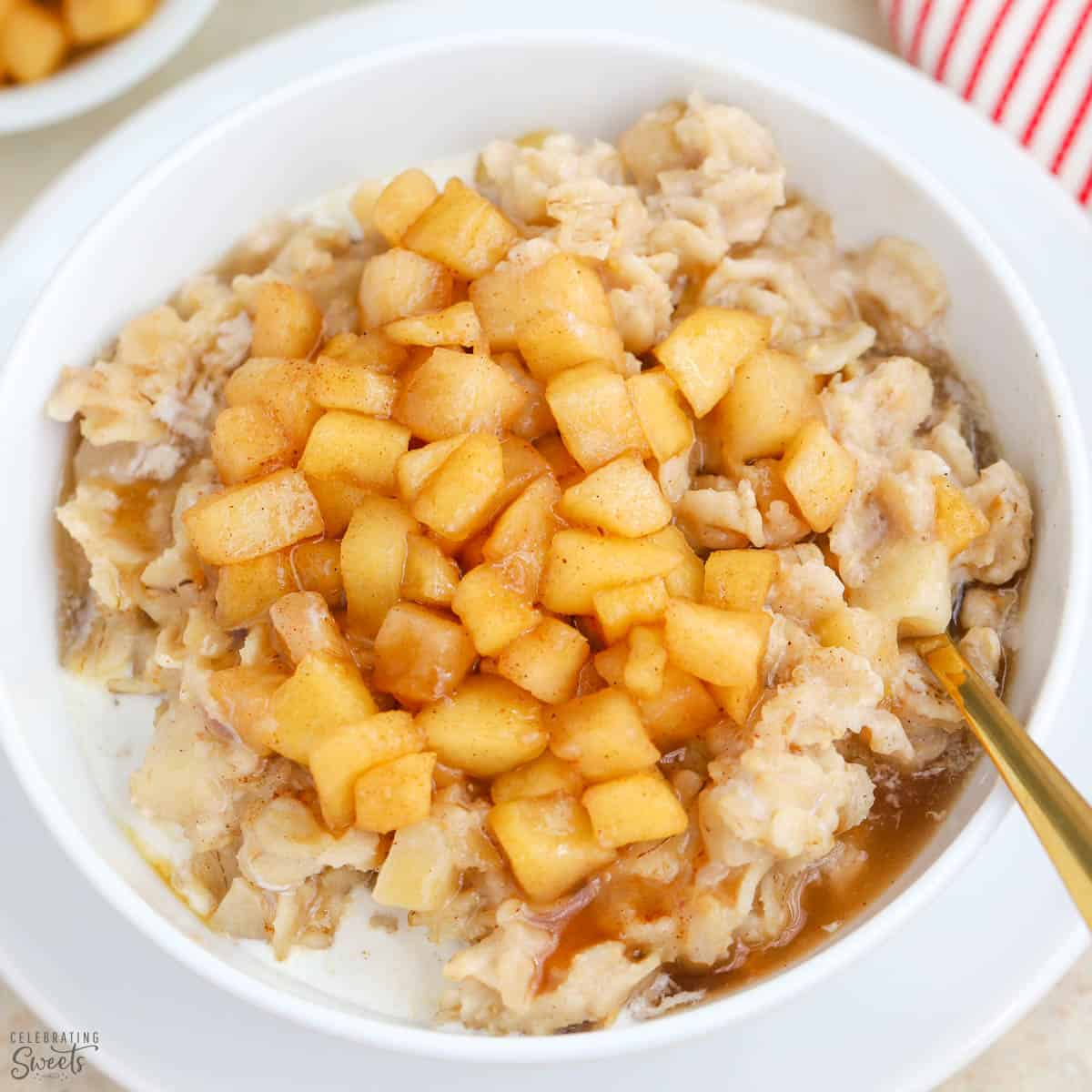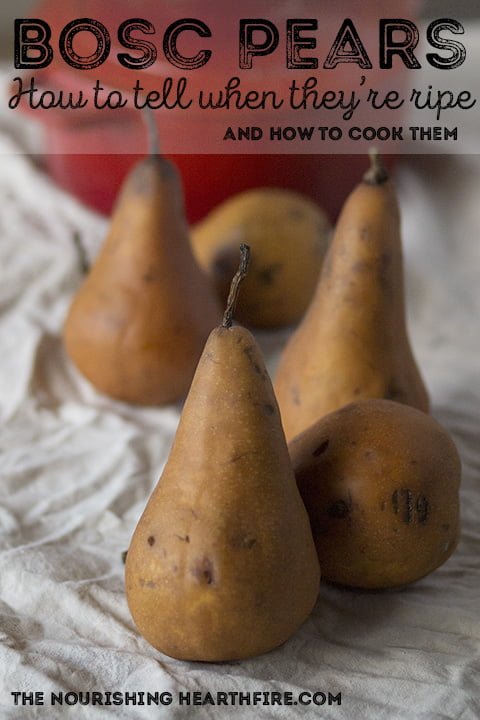In this article, you will discover some simple yet effective tips on how to determine if a butternut squash is ripe. Whether you’re a seasoned cook or just starting out, being able to identify the perfect ripeness of this delicious winter squash is essential. By examining the texture, color, and weight of the squash, you’ll be able to confidently select the ripest ones for your culinary creations. So, let’s dive in and learn how to judge the ripeness of a butternut squash with ease!
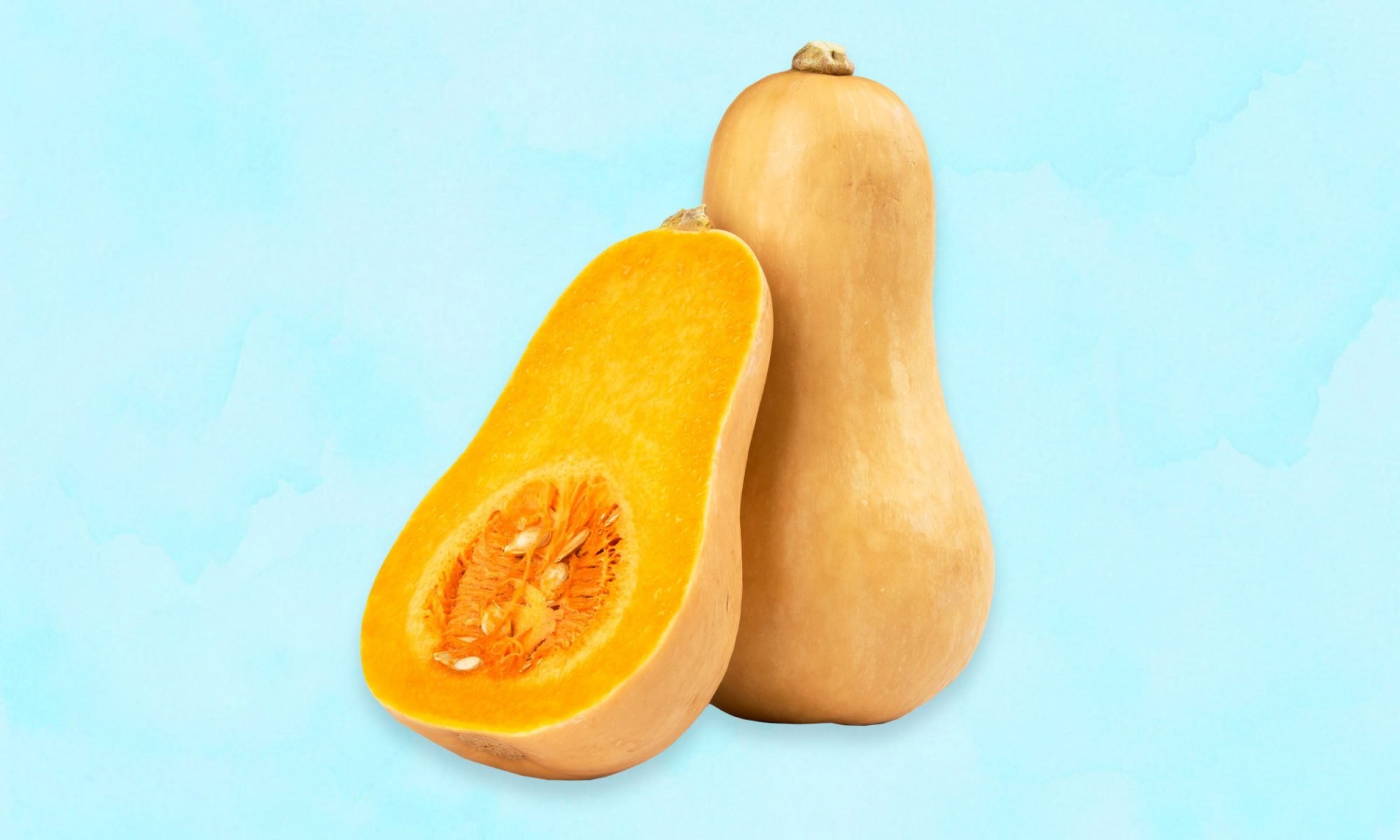
Physical Appearance
Color
When examining a butternut squash, the first thing you should consider is its color. A ripe butternut squash typically has a deep, golden tan color. However, keep in mind that there may be slight variations in color, so don’t be alarmed if you come across a squash that is slightly lighter or darker. Just make sure that the squash generally appears to be a rich, warm hue.
Texture
Next, assess the texture of the butternut squash. Ripe squash should feel firm and smooth to the touch. Gently run your fingers along the surface of the squash, making sure there are no soft spots or indentations. A good-quality butternut squash will be free of any blemishes, bruises, or scars on its skin.
Size
Size also plays a role in determining a squash’s ripeness. A ripe butternut squash tends to have a size that feels substantial and heavy for its category. While it’s essential to keep in mind that squash can come in various sizes, opt for a squash that feels weighty and well-rounded. This often indicates that it has matured fully and is ready to be enjoyed.
Sound Test
Knocking Method
The knocking method is a popular technique to gauge the ripeness of a butternut squash. Simply hold the squash in your hand and gently tap or knock on its surface. A ripe squash will produce a hollow sound when tapped, which indicates that the flesh inside is well-developed. If you hear a dull thud or the sound seems dense, it may be an indication that the squash is not yet fully ripe.
Stem Condition
Check for a Fully Developed Stem
Inspect the stem of the butternut squash to determine its ripeness. A fully developed stem is a positive sign of maturity. Look for a stem that is well-attached to the squash and feels sturdy. If the stem easily breaks off or appears shriveled and dry, it may suggest that the squash was harvested prematurely and is not yet ripe.
Evaluate Stem Color and Texture
In addition to the stem’s condition, take note of its color and texture. A ripe butternut squash should have a stem that is uniformly brown and slightly rough. Avoid squash with stems that appear green or have a soft, moist texture, as these are potential indicators that the squash is not yet fully matured.
Skin
Inspect for Smooth and Firm Skin
Smooth and firm skin is a key characteristic of a ripe butternut squash. Run your fingers across the skin to ensure it feels smooth and free of any soft or wrinkled areas. The skin should have a slight sheen to it, indicating it has reached its peak ripeness. Avoid selecting squash with rough or damaged skin, as this may be a sign that it is not yet ready to be enjoyed.
Look for Uniform Bumps
While inspecting the skin, pay attention to any bumps or ridges present on the squash. A ripe butternut squash typically has uniform bumps that are evenly distributed on the surface. These bumps indicate that the flesh inside is fully developed. If you notice irregular or poorly defined bumps, it may suggest that the squash is not yet ripe.
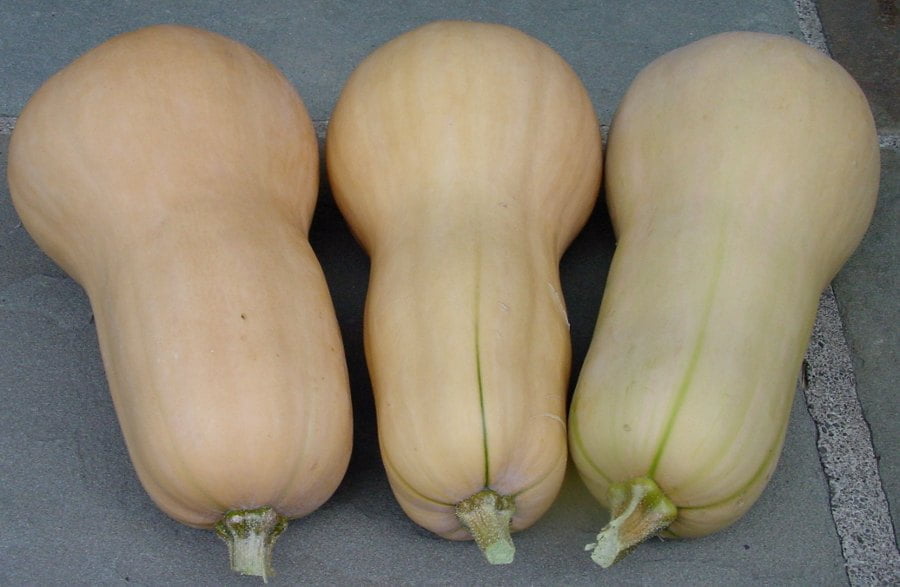
Weight
Heaviness
Weight is an essential factor to consider when determining a butternut squash’s ripeness. A ripe squash will feel heavier than an unripe one of the same size. When holding the squash in your hand, gauge its weight and compare it to other squash of similar dimensions. A butternut squash that feels dense and substantial is likely to be fully matured and ready to be cooked.
Ripening Season
Consider Seasonality
Remember to take seasonality into account when assessing the ripeness of a butternut squash. While it is available year-round in many regions, butternut squash is at its peak during the fall months. If you are purchasing or harvesting squash during this time, chances are higher that it will be fully matured and ready to eat. However, if it is an off-season period, be extra cautious and vigilant in assessing other indicators of ripeness.
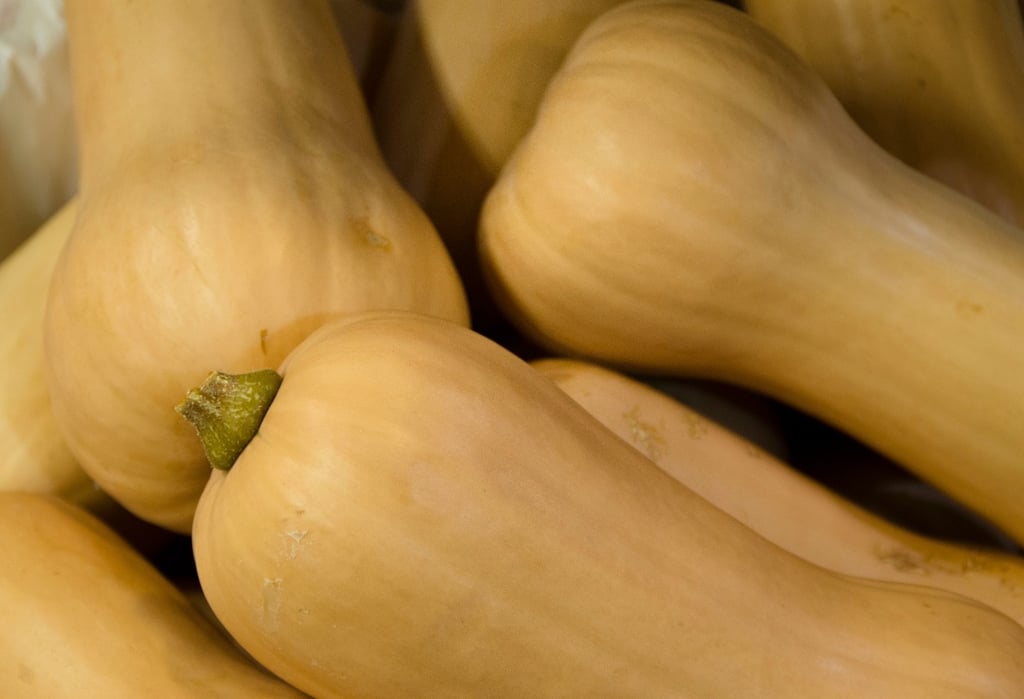
Field Spot
Examine the Lower Part of the Squash
The field spot refers to the area on the butternut squash where it was in contact with the ground while growing. Inspect the lower part of the squash for any discoloration or blemishes. A ripe squash will have a field spot that is a creamy tan color. If you notice any green or overly pale areas, it might be an indication that the squash is not yet ripe or may have quality issues.
Dry Stem
Observe a Dried Out Stem
A dried-out stem is another clue to determine the ripeness of a butternut squash. A ripe squash will have a stem that shows signs of desiccation and appears dry. Look for a stem that has turned dark brown or black and feels brittle when touched. On the other hand, a green or plump stem suggests that the squash is not fully matured.
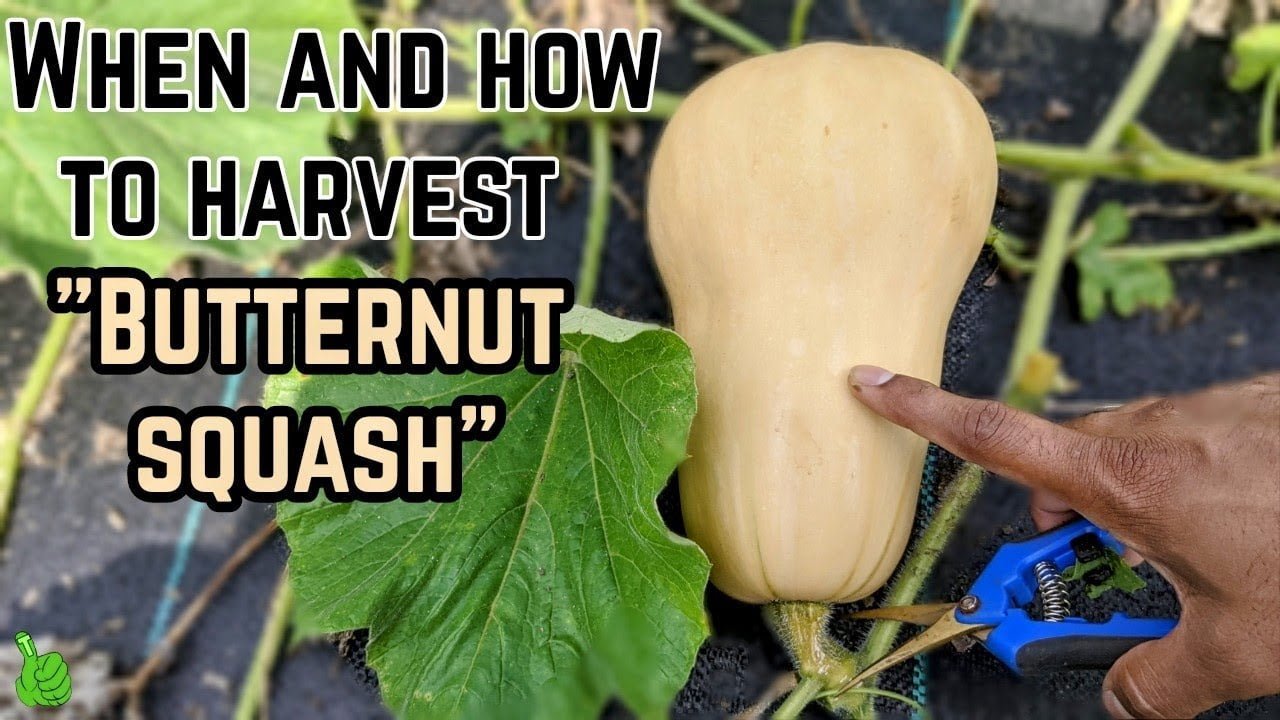
Time Since Harvest
Length of Storage
Consider the length of time the butternut squash has been in storage. Generally, a squash that has been stored for an extended period may have lost some of its freshness and quality. While it is still possible for a well-stored squash to be ripe, it is advisable to prioritize selecting squash that has been recently harvested for optimal taste and texture.
Scent
Smell the Squash
Finally, use your sense of smell to detect any signs of ripeness. A ripe butternut squash typically has a sweet and slightly earthy aroma. Bring the squash close to your nose and take a gentle sniff. If you notice a pleasant fragrance, it may indicate that the squash is ripe. However, if there is little to no scent or the aroma seems off, it could be a sign that the squash is not yet fully matured or may have started to spoil.
Remember, while these guidelines can help you identify a ripe butternut squash, individual squash may vary, and additional factors such as storage conditions and handling can influence the ripeness. It’s always a good practice to combine multiple indicators when assessing the readiness of a butternut squash for consumption. Enjoy the process of selecting a perfectly ripe squash, and savor the delicious meals you can create with it!
